Picking Up After Old Man Winter
As the snow recedes and the days get longer, our yards might be as ready for renewal as we are.
The beginning of spring provides the perfect opportunity to take stock of everything that needs hauling, repairing, fertilizing, aerating, trimming, pruning, and mowing. This clean up is not just important for aesthetic reasons, but for the health of our largest asset – our home. And, if you’re a garden lover, you know how important it is to prepare the yard for the coming growing season.
The first step is assessment of not only the shrubs and trees, but of your outdoor living spaces. Winter can be especially hard on patios, decks, walkways, and driveways. Aside from adding new stones where walls have come undone or pebbles to garden paths, your plantings are depending on your care and attention to give them the best possible restart.
Perennial Beds
Begin by removing any dead leaves and stalks from perennials and ornamental grasses. Scissors are a great tool for this.
Lawns
A good deep raking will not only remove whatever leaves accumulated after your fall raking, but will help control the thatch build up that will smother new lawn growth. Wait until the ground is dry but the grass is still brown. Removing thatch will promote air flow, prevent mold and other disease, and will help new grass germinate.
Trees
Early spring is a great time to install new trees. Planting a larger tree means you don’t have to wait a decade for shade or for the tree to grow into the landscape.
Shrubs
Cut off any broken or dead branches caused by winter’s snow and ice. It’s also time to prune any shrub that is not a spring bloomer. Prune summer flowering shrubs in early spring before any new spring growth begins.
Should you have questions on what to trim, plant, feed, or fertilize, don’t hesitate to give us a call. We’re always happy to help. And stop by to take a walk around the nursery for inspiration.
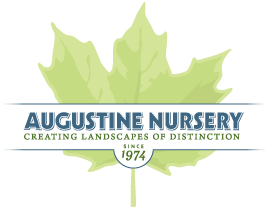
 For many of us, December marks a time when outdoor landscaping and we
For many of us, December marks a time when outdoor landscaping and we



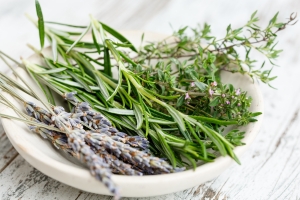
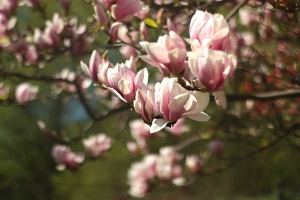
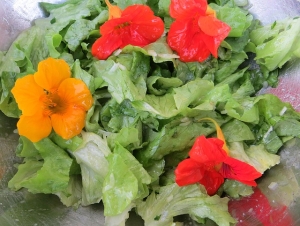
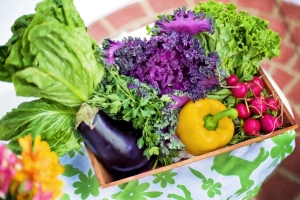

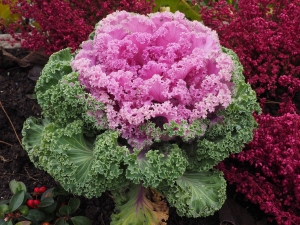


 #AugustineNursery
#AugustineNursery






 Stop in to check
Stop in to check

 Open 7 days a
Open 7 days a 




 $5 for
$5 for 




 Hope you’re
Hope you’re


 $5 Friday will feature a
$5 Friday will feature a